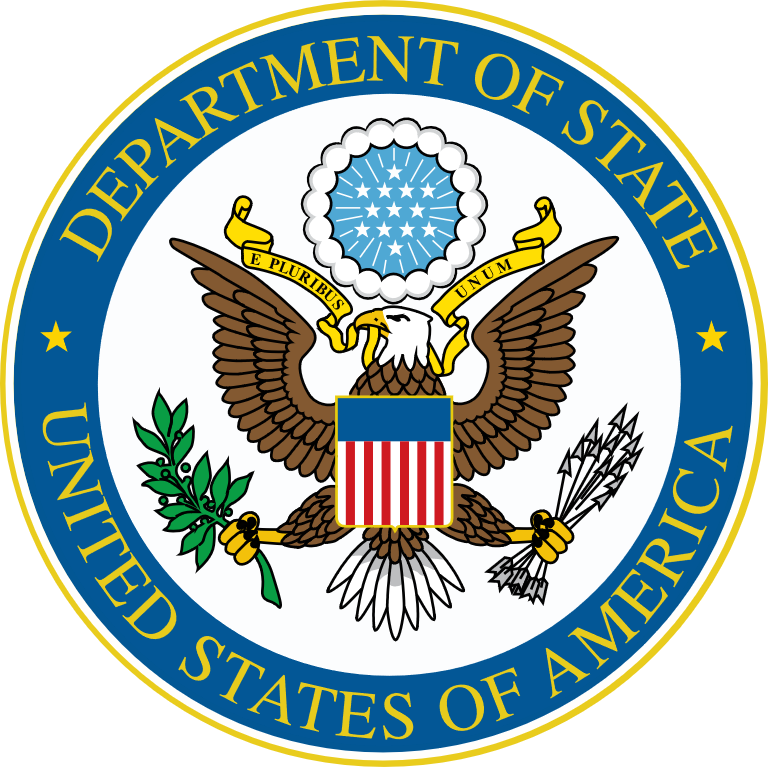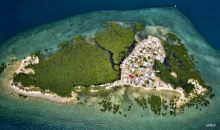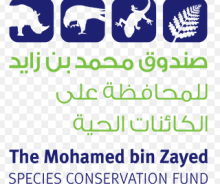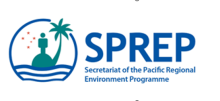
Announcements by the United States at Our Ocean 2016
Fact Sheet
Office of the Spokesperson
Department of State
Washington, DC
September 16, 2016
At the third annual Our Ocean conference, the United States committed to a series of concrete actions to protect precious ocean areas and marine resources, continuing the momentum of the two previous years. We look forward to building on these and previous commitments at the conferences in 2017 hosted by the European Union in Malta, in 2018 in Indonesia, and in 2019 in Norway.
Protecting Ocean Areas
- The United States announced the expansion of the Papahānaumokuākea Marine National Monument off the coast of Hawaii to cover an additional 1,146,798 square kilometers, creating the world’s largest marine protected area and permanently protecting pristine coral reefs, deep sea marine habitats, and important ecological resources. The United States also announced the establishment of a new marine monument of 12,725 square kilometers covering New England Canyons and Seamounts.
- The United States announced $1.25 million in grants to build capacity to create, effectively manage, and enforce marine protected areas in Latin America and the Caribbean, East Africa, and the Pacific Islands.
Promoting Sustainable Fisheries
- The United States announced pilot activities in Indonesia, the Philippines and Bangladesh to integrate marine tenure into fisheries management projects in support of the FAO Voluntary Guidelines for Securing Small-Scale Fisheries in the Context of Food Security and Poverty Reduction.
- The United States announced that a number of Members of the World Trade Organization (WTO), including Argentina, Australia, Canada, New Zealand, Norway, Papua New Guinea, Peru, Switzerland, and Uruguay, have committed to launch negotiations on a new, first-of-its-kind international agreement under the WTO to prohibit harmful fisheries subsidies that contribute to overfishing and overcapacity, and subsidies linked to illegal, unreported and unregulated (IUU) fishing.
- The United States announced Port State Measures Agreement implementation training for Indonesian officials and managers and its commitment to assist with curriculum development and future trainings for officials in the country's major ports.
- The United States announced that the U.S. intelligence community has produced its first ever unclassified assessment on the drivers and global implications of IUU fishing.
- The United States announced that it will join with the World Wildlife Fund, Environmental Defense Fund, The Nature Conservancy, the Natural Resources Defense Council, and the International Seafood Sustainability Foundation to provide $1.7 million to enable fishing nations to better monitor and prevent bycatch in global fisheries, supporting sustainable, ecosystem-based fisheries worldwide, with projects focused on technological, policy and legal capacity building.
- The United States announced a partnership with the David and Lucile Packard Foundation to jointly award The Nature Conservancy an anticipated $3 million over three years to apply innovative technology and encourage partnership between industry and government for improving management of key snapper and grouper fisheries in Indonesia.
Reducing Marine Pollution
- The United States announced its intention to issue four grants totaling $1 million to fund projects to reduce nutrient pollution in the Caribbean and marine debris in Southeast Asia.
- The United States and 5 Gyres announced a citizen science program to collect data on the impact of marine microplastics on the environment and human health to spur innovative solutions to reduce and prevent the flow of land-based trash into the ocean in Puerto Rico and the Wider Caribbean.
Climate and Ocean
- The United States announced $2 billion for development and operation of two major, next generation, NASA global ocean satellite systems: the Plankton, Aerosol, Cloud ocean Ecosystem (PACE) satellite, due to launch in 2022/23, will monitor the health of our ocean ecosystems and improve our understanding of the carbon cycle dynamics in the ocean and atmosphere; and the Surface Water and Ocean Topography (SWOT) satellite, due to launch in 2020, will improve our understanding of ocean circulation and climate. The SWOT mission is in partnership with the French space agency CNES, as well as a collaboration with Canada and the United Kingdom. In addition, the United States announced that the SMAP satellite, launched in early 2015, is now routinely producing sea surface salinity observations, which can reveal important information about changes in Earth's water cycle, ocean circulation and climate.
- The United States announced $75 million for three NASA Earth Venture Suborbital projects: the COral Reef Airborne Laboratory (CORAL) will produce the first comprehensive assessment of reef conditions in the Great Barrier Reef, the Mariana Islands, Palau, and the Main Hawaiian Islands; the North Atlantic Aerosols and Marine Ecosystems Study (NAAMES) will resolve key processes controlling marine ecosystems and their influences on atmospheric aerosols; and the Oceans Melting Greenland (OMG) project will investigate the role of ocean warming on glacier retreat in Greenland and the interplay with global sea level rise. The United States also announced $16.5 million to fund additional ocean-focused research projects to better understand the extent and impact of coral bleaching, marine debris, the movement of fish and marine mammals, the impact of humans on coastal ecosystems, and the water cycle over the ocean.
- The United States reaffirmed a commitment of $38.7 million for a package of initiatives related to climate change resilience in the Pacific Islands.
- The United States announced $195,000 in funding to support mitigation of climate change through conservation and restoration of blue carbon sinks such as mangrove forests and seagrass beds in the Pacific Islands, Latin America, or the Caribbean, in partnership with The Ocean Foundation.
- The United States, in partnership with the University of Washington, announced the launch of the Global Ocean Acidification Observing Network’s web portal, a user-friendly website that makes real time ocean acidification data from buoys and moorings around the world freely available to the public.
- The United States announced that it has allocated $600,000 through the International Atomic Energy Agency’s Peaceful Uses Initiative to the Ocean Acidification International Coordination Center (OA-ICC) located at the Environment Laboratories in Monaco.
- The United States announced $300,000 in funding to enhance capacity (equipment and training) for ocean acidification monitoring in the Pacific Islands, Latin America, and the Caribbean, in partnership with The Ocean Foundation.
Mapping and Understanding the Ocean
- The United States announced the expansion of the Smithsonian’s MarineGEO initiative to research the impacts of climate change on coastal marine biodiversity and ecosystems along the Pacific coastline of North America, with $200,000 in funding from the Paul Angell Foundation and the Hakai Institute.
For further information, please contact [email protected] or visit www.ourocean2016.org.
Original Article: Our Ocean 2016 Announcements 2016









